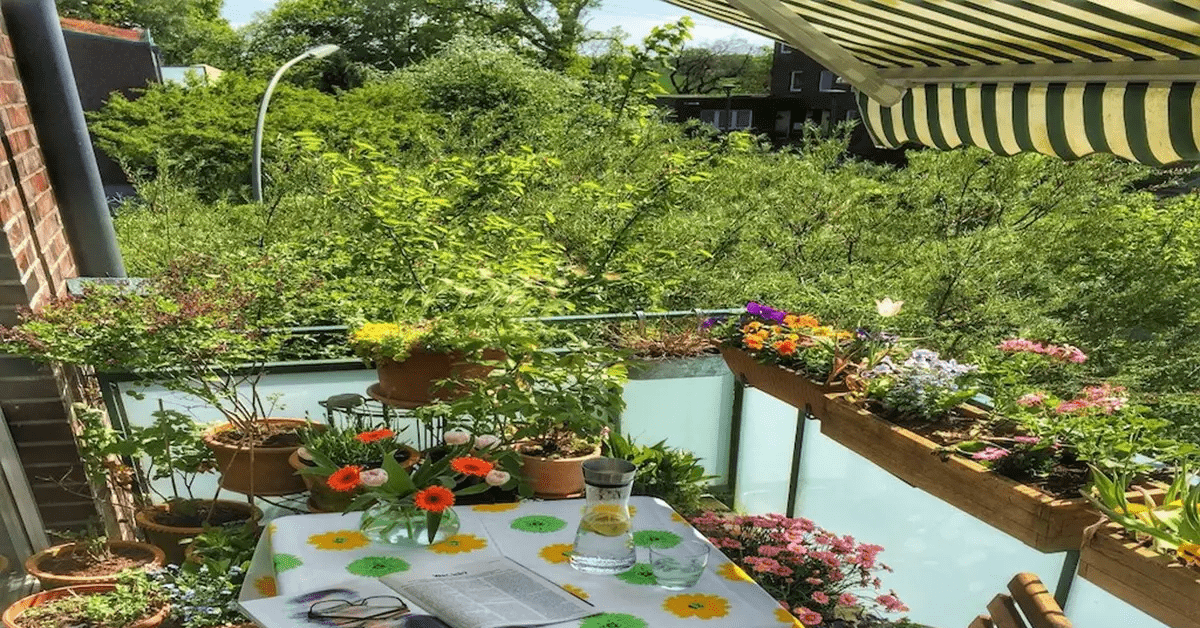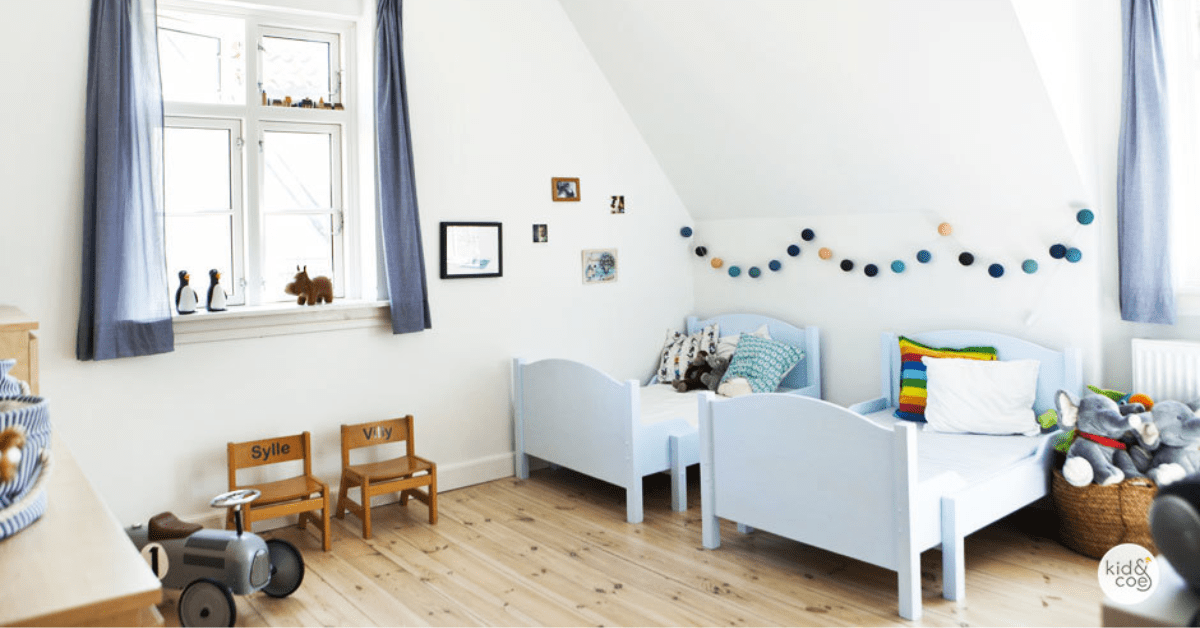Small-Space Gardening Tips to Bring Nature to Your Urban Abode
Gardening tips are a necessity to have a successful urban garden. Living in a busy metropolis can frequently cut us apart from nature. Sometimes the concrete jungle might feel oppressive, making us yearn for a little bit of greenery and fresh air.
But what if I told you that you can make your own green haven in even the smallest of spaces? That is correct! Gardening in a little area is the ideal way to bring nature into your apartment in a city.
In this article, I’ll give you some gardening tips on how to make the most of vertical space, choose the proper plants, make the most of containers, and even bring nature inside. So let’s get our hands filthy and start digging!
Maximizing Greenery in Small Spaces
When it comes to small-space gardening, every inch counts. Here are some tips to help you maximize greenery in your urban abode:
1. Utilize Vertical Space
Do not be deterred by the shortage of horizontal room. Making use of vertical space is a wonderful approach to maximizing available space.
To cultivate climbing plants like ivy or jasmine, install hanging planters, trellises, or wall-mounted pots. Attaching little pots to a vertical frame will also produce a living wall. This not only gives your space a dramatic touch but it also makes a lush and colorful display.
2. Opt for Compact and Multi-Purpose Plants
Pick plants that can thrive in compact areas. Choose kinds that are compact, or that may be trained to grow in a particular form or direction.
Plants with many uses, such as culinary herbs and medicinal plants with therapeutic characteristics, are also fantastic options. By doing so, you may maximize your limited space while gaining a number of advantages.
3. Create Layers and Levels
To make the most of your balcony or terrace, think about adding layers and levels. To create a tiered look, use shelves, plant stands, or hanging baskets. This helps you grow more plants in a small space and also adds visual interest.
To create depth and guarantee that each plant receives enough sunlight, place taller plants in the back and shorter ones in the front.
Choosing the Right Plants for Small-Space Gardening
The secret to productive small-space gardening is selecting plants that can grow in constrained spaces. When choosing plants for your urban retreat, keep the following in mind:
1. Light Requirements
Analyze how much natural light enters your room during the day. While certain plants, like ferns and snake plants, like low to moderate light levels, others, like succulents and cacti, flourish in strong, direct sunlight. To guarantee healthy growth, choose plants that are suitable to the lighting conditions in your particular area.
2. Watering Needs
Take into account your home’s watering schedule and the water sources nearby. Choose drought-tolerant plants that need a little watering if you frequently forget to water your plants or if you have restricted access to water. On the other side, you can pick plants that need a little more moisture if you appreciate the ritual of caring for your plants and have easy access to water.
3. Space Requirements
Think about the mature size of the plants you choose. Avoid choosing plants for small areas that can quickly exceed their containers or become overly heavy. In order to maintain their size and shape, look for compact kinds or plants that can be trained or pruned. Your green paradise will stay maintainable and aesthetically pleasing as a result. A lack of space is all too common with urban living, read our guide on transforming your limited space into a lush garden oasis.
Tips for Successful Small-Space Gardening
Small-space gardening may require a bit of extra care and attention, but with these tips, you’ll be well on your way to creating a thriving green oasis:
1. Start Small
Start small and gradually add more plants, especially if you’ve never gardened before or have a small yard. You may gain experience and ensure that you can properly care for each plant by doing this.
2. Know your Plants
Do some study into the specific needs of the plants you choose, including their needs for water, light, and temperature. By doing this, you’ll be able to provide them with the ideal conditions for development and long-term health.
3. Water Wisely
Overwatering is one of the most typical gardening mistakes. Recognize the signals that your plants are sending and only water when necessary. Stick your finger into the soil and feel for moisture to accurately gauge when to water. A moisture meter is an alternative option.
4. Prune and Maintain
For small-space gardening, regular care and pruning are crucial. You should prune back leggy growth, remove dead or yellowing leaves, and shape your plants as necessary. Overcrowding will be avoided, and healthy growth will be encouraged.
5. Feed your Plants
By routinely fertilizing them, you can provide your plants with the nutrition they require. Select a balanced fertilizer, or go organic with compost or worm castings as substitutes. To prevent over-fertilizing, which might harm your plants, follow the instructions on the packaging.
Sustainable Practices for Small-Space Gardening
Incorporating sustainable practices into your small-space gardening not only benefits the environment but also promotes the long-term health of your plants. Here are some sustainable practices to consider:
1. Composting
To save waste and provide nutrient-rich soil for your plants, start a composting bin. Compost kitchen leftovers, yard waste, and coffee grounds to make organic and environmentally beneficial fertilizers.
2. Rainwater Harvesting
Collect rainwater in buckets or containers to use for plant watering. This not only saves water but also provides a natural and chemical-free source of hydration for your plants.
3. Mulching
Apply an organic mulch layer over your plants to help them retain moisture, reduce weeds, and promote soil health. To build a protective barrier for your plants, use items such as wood chips, straws, or shredded leaves.
4. Integrated Pest Management
Integrated pest management (IPM) should be used instead of chemical pesticides. To manage pest infestations, natural approaches such as handpicking pests, introducing beneficial insects, or employing organic pest control treatments are used.
Conclusion
An excellent approach to bringing nature into your city home and establishing your own green haven is through small-space gardening.
You can turn even the smallest areas into thriving gardens by maximizing greenery in small places, picking the proper plants, utilizing containers and vertical space, and bringing nature indoors. Start off small, get to know your plants, and give them the love and care they require. Adopt sustainable measures to improve your plants’ long-term health as well as the environment. Grab your gardening tools, then prepare to transform your concrete jungle into a verdant oasis of peace. Enjoy your garden!
Thank you for reading this post, don't forget to subscribe to our newsletter!



